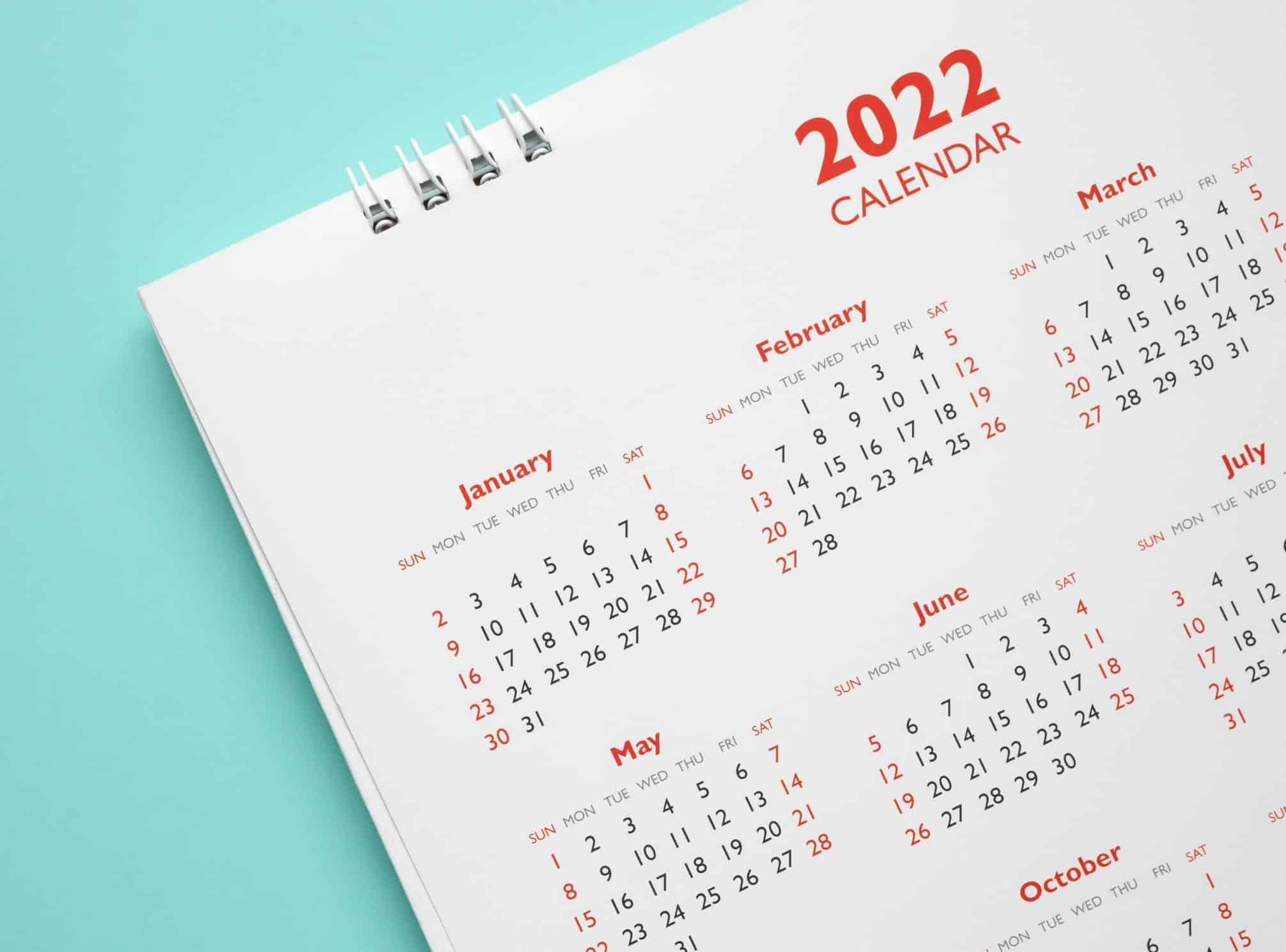Editorial calendars, also often called content calendars, are instrumental tools for any internal communication professional. Content calendars allow you to schedule, plan, and track all the content you need to create. Using one will help you get ahead and be more strategic with your internal comms. Use our editorial calendar template to get started. This tool will save you time and set you up for success. Our template also provides the flexibility to adjust and edit the template to fit your needs
What Should Be Included in an Editorial Calendar?
At minimum, an editorial calendar includes all of the content you intend to publish over a period of time. It includes a breakdown of the channels you will share each message on as well as the medium of the content (e.g. video vs. written).
Editorial calendars also include all the steps of the content production process, including planning, producing, approvals, distribution, and content redistribution (or repurposing).
Many editorial calendar templates also have room to write down each message and each campaign’s goals, so you can track your progress and results.
What is the Difference Between an Editorial Calendar and a Content Calendar?
The terms editorial calendar and content calendar are often used interchangeably even though they are slightly different. An editorial calendar is a high-level calendar that encompasses all stages of planning and executing a content strategy. A content calendar is often a tracking tool that focuses more specifically on the content itself you need to create and distribute.
For example, we provide a content calendar as part of our Microlearning solution. This helps you:
- Keep up with your communication cadence
- Share video content more frequently, increasing employee engagement
- Invest in your employees and prove to them that you value them
- Share internal communications campaigns all year long
Download Our Free Editorial Calendar Template:
- An in-depth definition of what editorial calendar is and how to use one for internal communication planning.
- Why you should use a content calendar for internal comms.
- A robust editorial calendar template that you can adapt for your needs.

